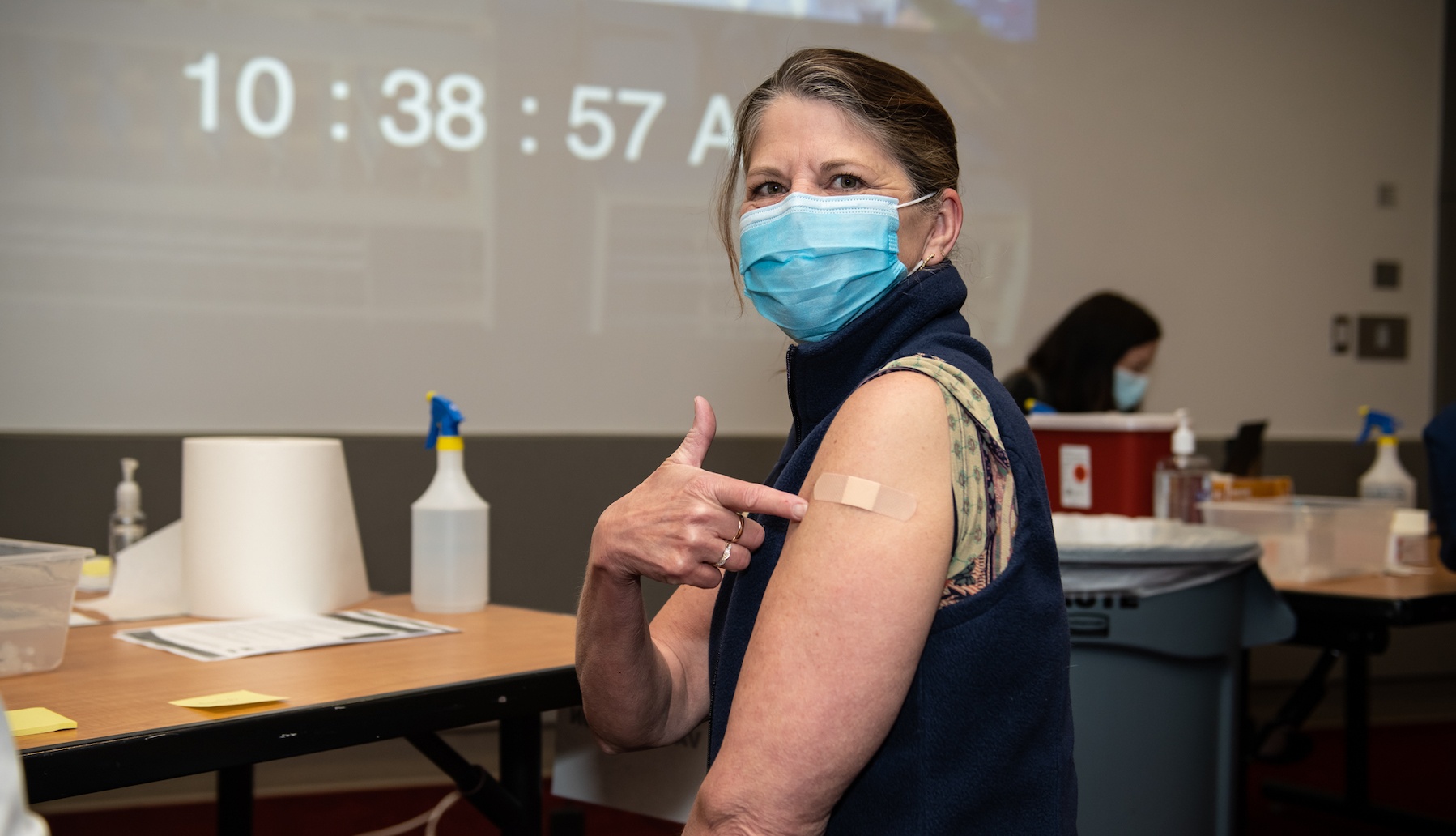Each week, OMRF President Dr. Stephen Prescott opens “Adam’s Journal” to answer a medical question from OMRF Senior Vice President and General Counsel Adam Cohen.
Adam’s Journal
Here’s a question from a reader:
I understand that it’s still possible to get and spread the virus after getting vaccinated, although you shouldn’t get as severe symptoms if you do get infected. So, how do we attain herd immunity when not everyone will get vaccinated?
Beth Benefield
Moore
Dr. Prescott Prescribes
As most people now know, herd immunity takes hold when so much of the population has developed a resistance to a virus that the illness can’t find hosts, so it stops circulating widely in the community. Most experts agree that to reach herd immunity for Covid-19, we’ll need 70% to 90% of the population to develop immunity.
The easiest way to reach this figure is for that percentage of people to get vaccinated. Right now, slightly more than 50% of American adults have received at least one dose. Even when children become eligible (assuming clinical trials go smoothly), it appears that vaccine hesitancy among large swaths of the population will make it difficult, if not impossible, to reach a threshold of 70% or above with shots alone.
The good news is that we still may be able to get there. The bad news is that it will require the non-vaccinated to develop immunity through another, more perilous path: infection.
Although infection seems to confer less immunity than vaccination, and the levels differ among those who are infected, people who get the virus do enjoy some immunity after recovery. If you add these people to those who are vaccinated, we should eventually achieve herd immunity.
As you point out, while extremely effective, the vaccines don’t offer perfect protection. That means those of us who are vaccinated could spread the virus to the unvaccinated (or, in very rare circumstances, to someone else who’s been vaccinated).
While viral spread is certainly not a good thing, in a world where significant numbers won’t get vaccinated, it should ultimately result in enough people with either vaccine-induced or “natural” immunity to achieve herd immunity.
That won’t make the virus go away. But it should limit outbreaks and make it so Covid-19 is no longer a pandemic threat.
__
Do you have a health query for Dr. Prescott? Email contact@omrf.org and your question may be answered in a future column!



